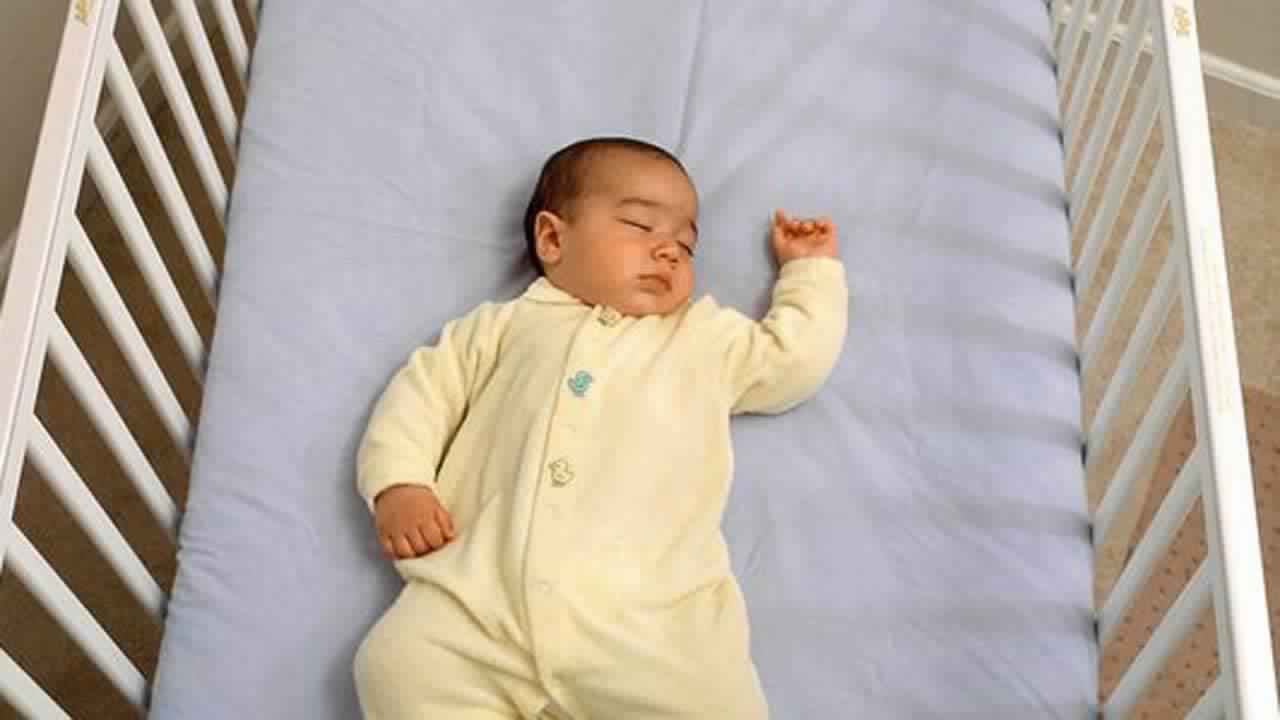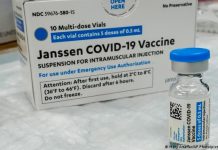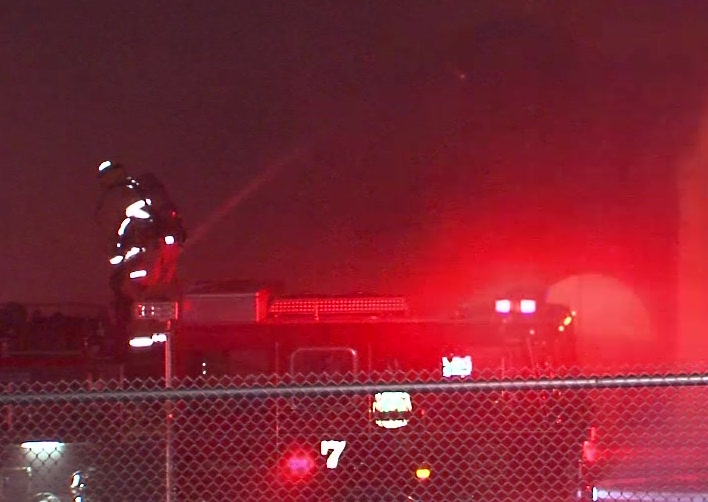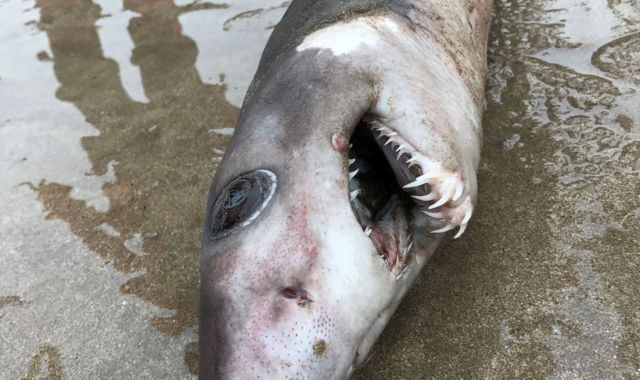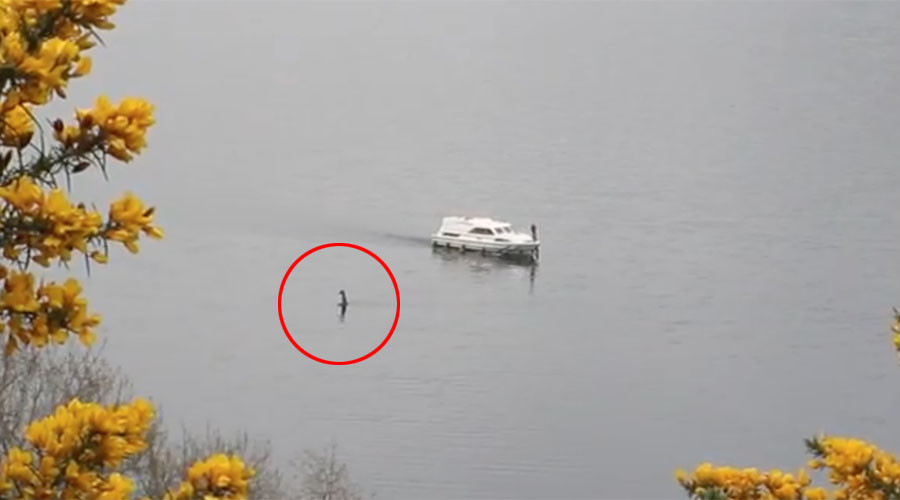An American Academy of Pediatrics report released Monday is warning parents that they are placing infants in unsafe sleeping positions if they put them on their sides or stomachs on soft surfaces or with loose bedding.
Researchers and scientists at Penn State College of Medicine studied hours upon hours of video camera footage of more than 160 infants, which was recorded while they slept. Using this footage, researchers were able to determine that many parents are still putting their infants to sleep incorrectly.
Many parents still putting babies to sleep in unsafe environments
Originally, the research was meant to determine the preferred sleeping arrangements that new mothers use on their children. However, upon closer examination by Dr. Ian Paul, one of the researchers in the study, he noticed that in many cases these infants were being put to sleep through unsafe methods, such as being placed in cribs with unsafe items or being placed on their sides or stomachs.
“I was surprised and alarmed,” said Paul, a professor of pediatrics and public health science at Pennsylvania State University. “I’ve been a pediatrician for 18 years. I am not naïve to think parents listen to everything, but [the fact that] almost every baby had loose bedding in their sleep environment was surprising to me.”
Each year in the United States, around 3,500 infants dies suddenly and from no obvious cause, according to the U.S. Centers for Disease Control and Prevention. The large majority of these deaths are applicable to SIDS, a deadly phenomenon that researches to this day still don’t completely understand.
One thing that researchers do agree on is that the sleeping environment of an infant is key to his or her safety. For decades, doctors and experts alike have recommended new parents to place their babies to sleep on their backs, keep soft bedding and other extraneous items out of the crib, and take other “safe sleep” measures.
Parents need to be more aware of their children’s sleep environments
The new study, published August 15 in Pediatrics, suggests that a large number of parents are not hearing this message. “What we found was disturbing,” said Dr. Paul.
According to the study, despite the fact that the parents knew they were being recorded for the experiment, more than nine out of ten of the babies studied were put to sleep in environments with non-recommended, potentially dangerous items that increase the risk of SIDS and other sleep-related causes of death. Some of these items included bumper pads, loose bedding, stuffed animals, and pillows.
“There is a lot we can do to reduce the risk a baby will die from SIDS or accidental smothering or strangulation,” said ABC News Chief Heal and Medical Editor Dr. Richard Besser. “The Safe to Sleep campaign has been very successful at reducing the rate of SIDS, but accidental suffocation and strangulation are on the rise.
Besser added that the continued observation of babies who were moved in the middle of the night also tended to be placed in more dangerous positions. “I always talk to new parents about putting their babies down to sleep on their backs in a crib that is free from blankets, toys, bumpers, or pillows,” he said. “I think I’ll now add a message about what you do in the middle of the night if your baby wakes up…. You never want to move them to a setting where they will be less safe.”
Laura F. Nixon


